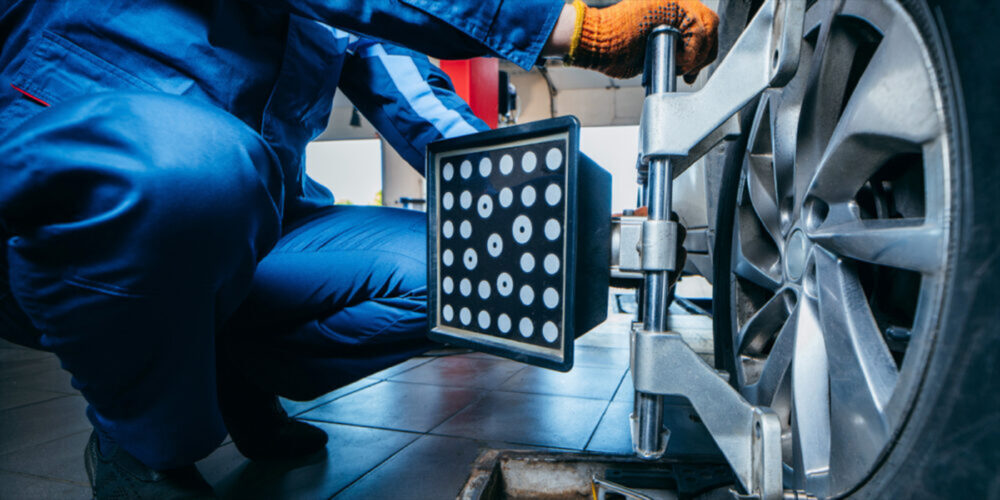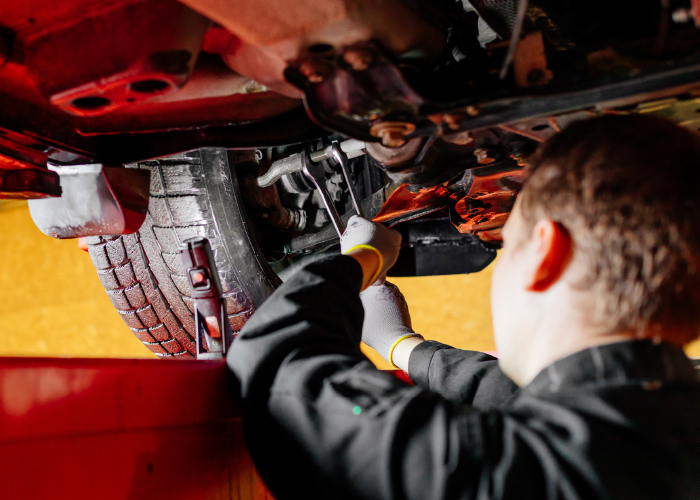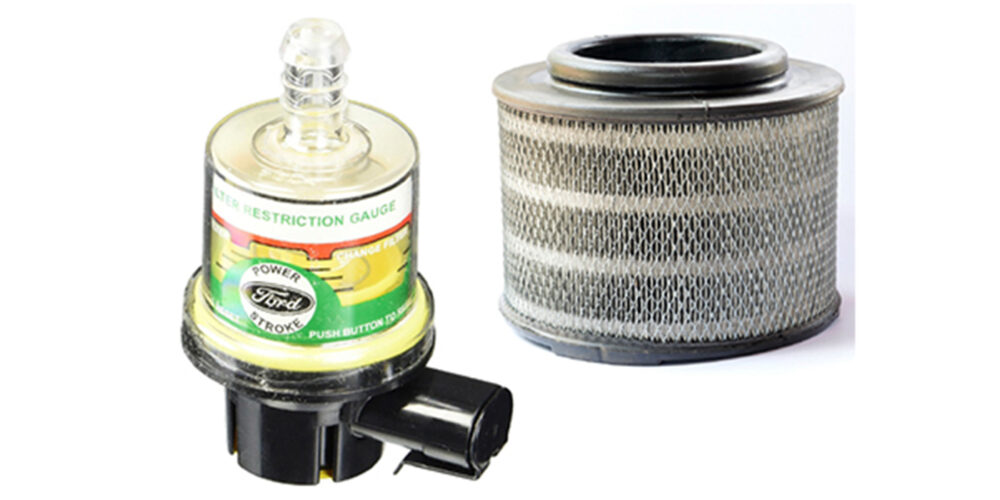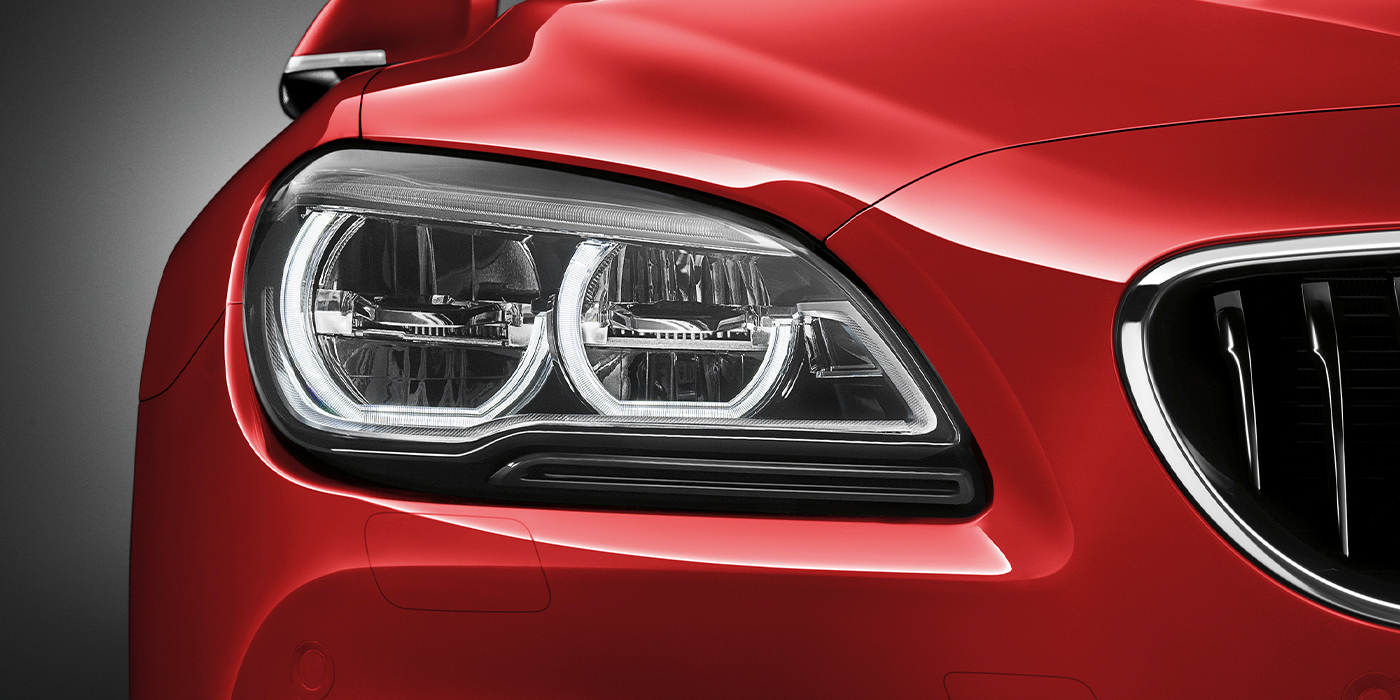Chassis alignment can be an art when you have to resolve a chassis or steering complaint from a customer. The source of the complaint can be the angles, electronics or tires. The diagnostic process can be more challenging than curing a misfire or no-start problem.
Your alignment bay should be treated as a colossal scan tool that can pull the angles from the vehicle so they can be used for chassis and suspension diagnostics. Performing camber and toe adjustments are just like calibrating a sensor, but the process is, of course, completely mechanical.
CAMBER CLUES
Camber can affect directional stability. A vehicle will lead toward the side with the most camber. If you look at a NASCAR front suspension, the inside wheel has positive camber and the outside has negative camber. This improves turn in and the relationship of the tire to the track during a left-hand turn. The driver may have to fight a steering pull in the straight-away.
For road vehicles, camber is a critical angle. Like the stock car, camber can improve handling and influence steering pulls. So, always compare camber readings on both sides. More than half a degree difference can cause a steering pull. Also, pay special attention to the cross camber angle.
If camber is off on only one side, a close encounter with a pothole or curb may have bent a spindle, control arm or strut. A shift in the position of a strut tower can cause the same thing. A shift in the position of a crossmember, on the other hand, will usually change camber on both sides.
One way to identify hidden damage that may be affecting camber is to do a “jounce/rebound camber check.” Raise the suspension four inches and read camber on both sides. Then, compress the suspension four inches and read the camber angles for both wheels again.
Different camber readings side-to-side with a jounce/rebound camber check usually indicate a bent strut that needs to be replaced or straightened. If the readings are the same, a check of the steering axis inclination (SAI) angle side-to-side should also be made.
Always use the manufacturer’s camber specification for adjustments. Setting the camber to zero might allow the tires to last a long time, but the stability and steering feel will be compromised.
Caster Master
Caster is defined as the forward (negative) or rearward (positive) tilt of the steering axis as viewed from the side. Caster is measured in degrees from an imaginary line perpendicular (90 degrees) to the road surface. Zero caster would be a line straight up and down.
When the wheels are steered to either side, they pivot on the steering axis. On vehicles with short arm long arm (SLA) suspensions, the steering axis is the line between the upper and lower ball joints. On vehicles with MacPherson struts, the steering axis is the line from the lower ball joint to the top of the strut rod where it attaches to the upper strut bearing plate.
Think of caster as the hinge line on which the wheels pivot when they are steered. If the line is perfectly straight up and down (zero caster), the wheels will swing to either side like shutters on a window frame. In other words, they don’t tilt up or down, or lean in or out.
As long as the steering axis is straight up and down (zero caster), the front wheels and tires will remain perpendicular to the road surface when the wheels are steered to either side. This provides maximum contact between the tread and road.
If the steering axis is tilted slightly to the rear (positive caster), it will make the wheels lean or tilt slightly when they are steered. Positive caster causes the top of the inner wheel to tilt outward as the wheel swings out, and the top of the outer wheel to tilt inward as it swings in. The effect is something like leaning into a turn on a bicycle. It actually helps the vehicle corner better by shifting the weight to the outer edge of the inner tire and the inner edge of the outer tire.
There’s more. Adding caster causes the wheels to lift the suspension slightly as they steer. This occurs because positive caster causes the inner wheel spindle to tilt down as it steers, and the outer spindle to tilt up. The net effect is that it increases steering effort, but also uses the weight of the vehicle to push the wheels back to the straight ahead position after making a turn. In other words, it improves steering return and steering stability – especially at higher speeds.
SAI, THE DIAGNOSTIC ANGLE
You can zero in on the hidden damage (a bent or mislocated strut, bent control arm and/or bent spindle) by comparing the SAI angle, camber reading and “included angle” (the angle between camber and SAI).
Here’s another way to check for strut problems. Loosen the two camber adjustment cam bolts on the strut (if provided), push the steering knuckles in as far as they’ll go toward negative camber, and measure the distance between the strut and brake rotor on both sides. Then, compare readings. If both distances are the same, you can rule out misalignment at the bottom end of the strut or a bent spindle. If they’re different, one of the struts is bent.
Even with the toe adjusted and the steering wheel straight, a bent steering arm can cause the SAI to be out of specification. The same also applies to bent strut rods and camber.
Bending a strut to “realign” the front end is not an answer because you shouldn’t fix one problem by creating another. Bending a strut may bring camber back into range – assuming the wheel isn’t off more than one-and-a-half degrees (which is the maximum limit for bending any strut). But, bending a perfectly good strut to compensate for misalignment elsewhere is going to create unequal camber changes side-to-side during jounce and rebound, which may create a bump-steer condition.
Some alignment systems will allow you to perform more diagnostic measurements. One of the most useful is set-back. This measurement will let you see how square the wheels are front to rear. Ride height measurement is another angle that can help you spot not only worn springs, but bent com













